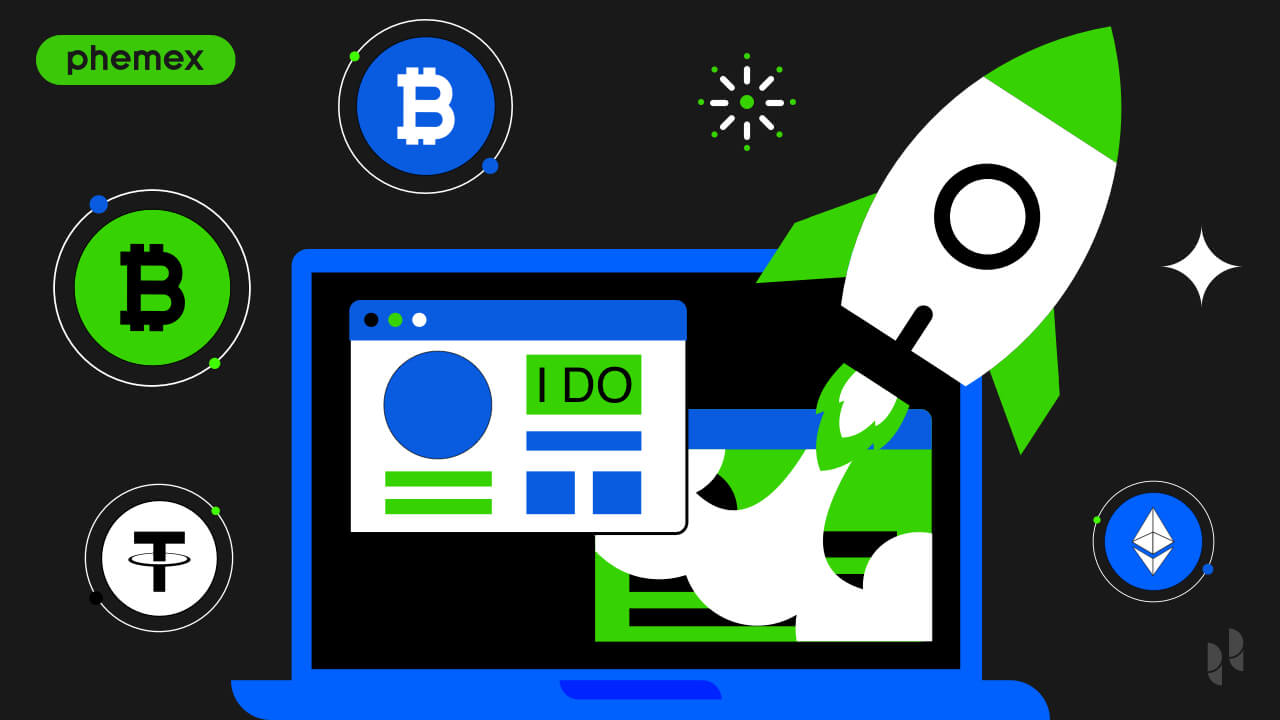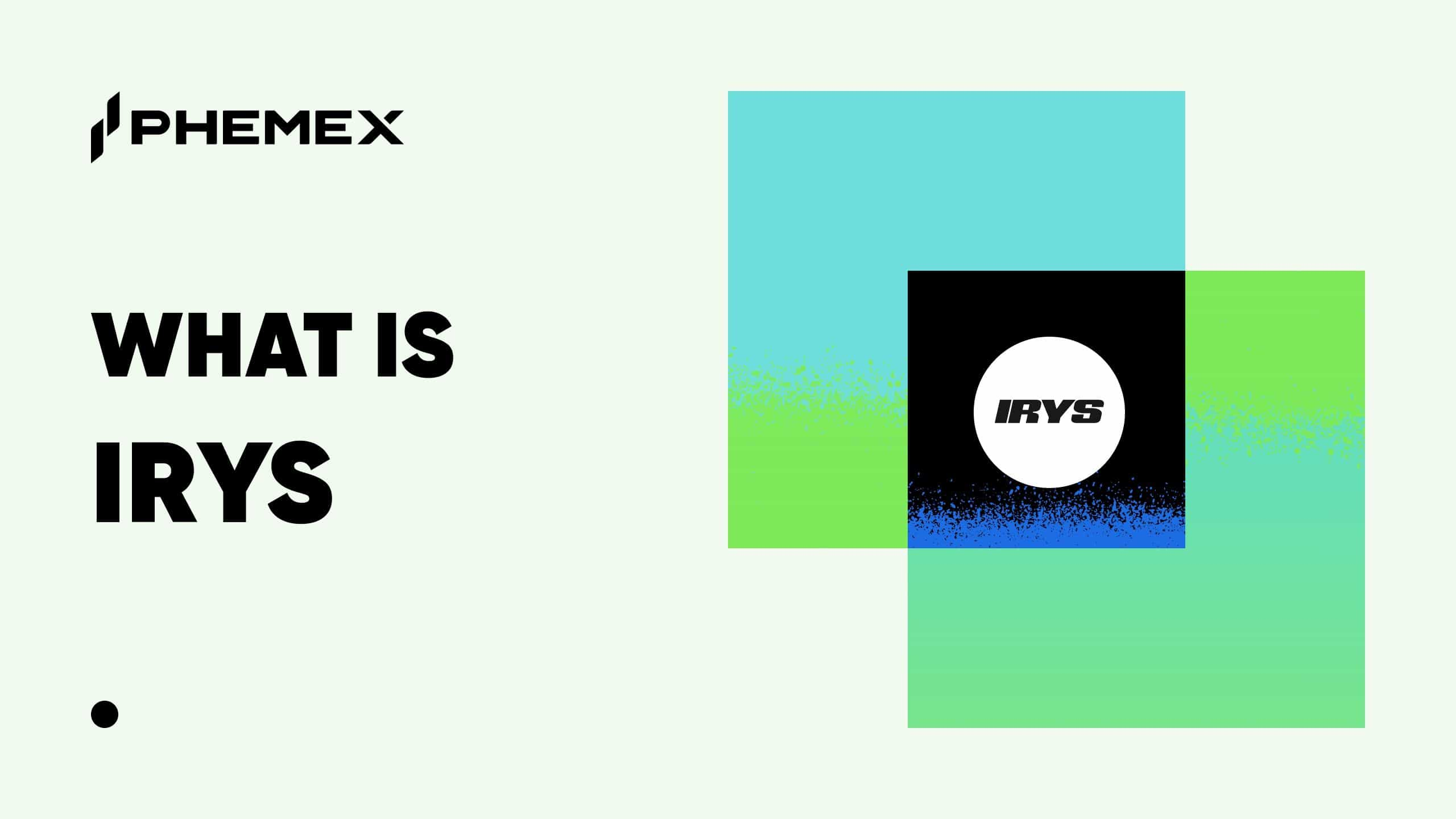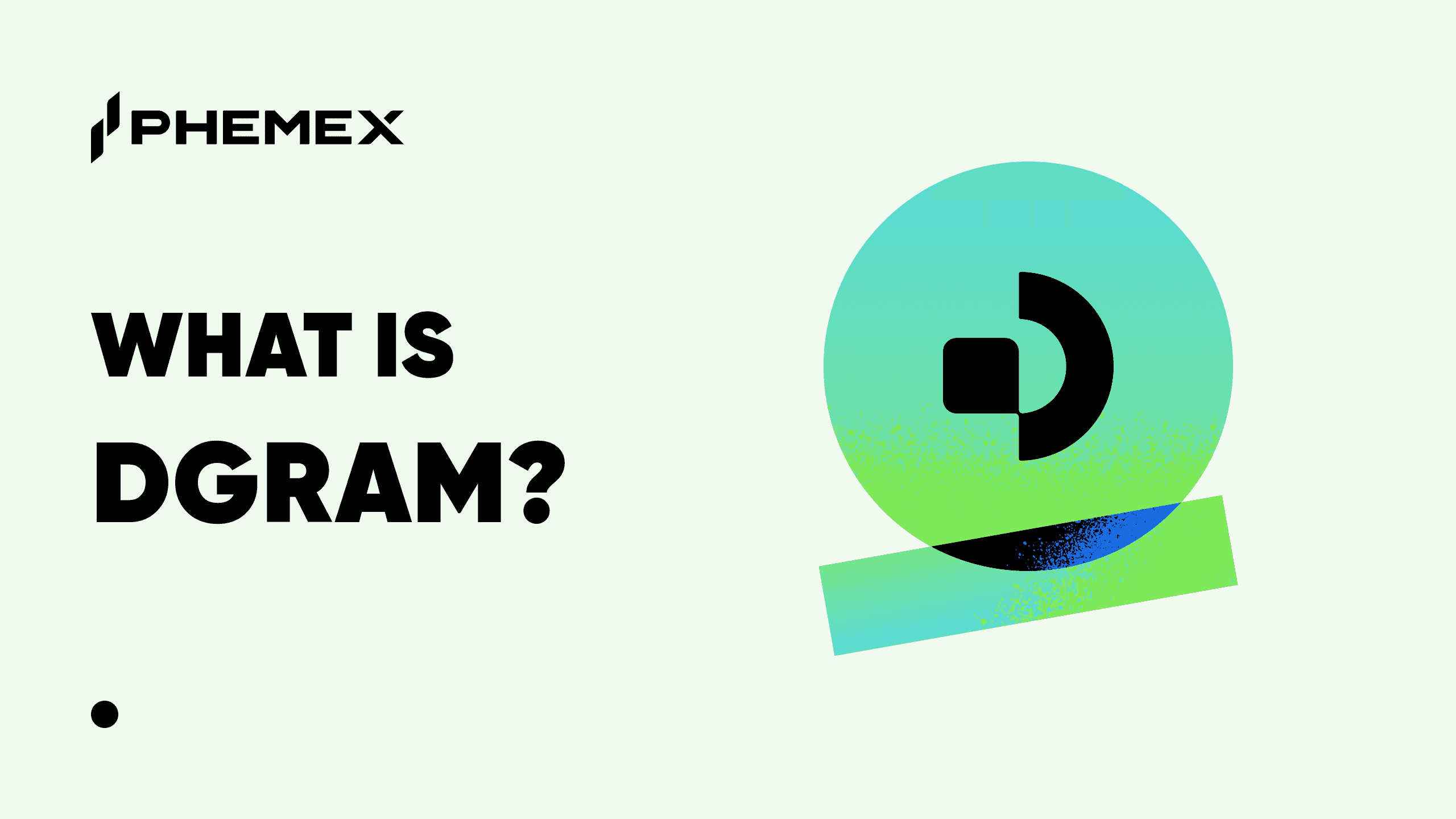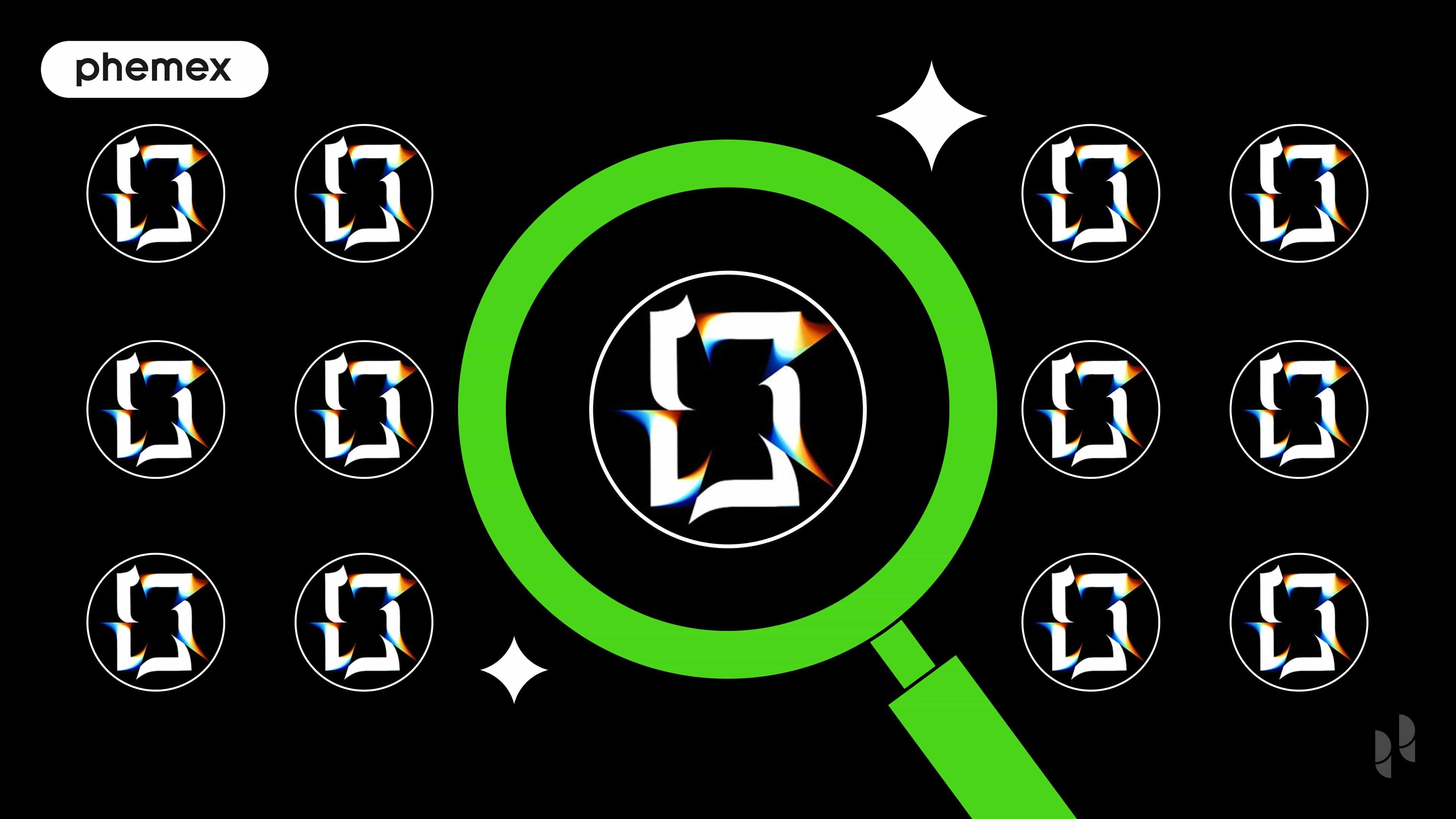An Initial DEX Offering, or IDO in short, is a novel crowdfunding technique that allows crypto projects to launch their native token or coin via decentralized exchanges (DEXs). A successor of the infamous Initial Coin Offering (ICO), IDO is a fool-proof way for projects to bootstrap themselves or raise funds for growth and development.

What Is An IDO (Initial DEX Offering)?
IDO, or Initial DEX Offering, is a crypto coin (or token) offering that happens on a decentralized exchange (DEX). Unlike an ICO, however, where tokens are sold before an exchange listing, in an IDO, tokens are immediately listed on the DEX through which they’re launched. This means project developers themselves are no longer required to collect assets for pools; and instead the pool is created on a DEX after the IDO is conducted through its own or a third-party launchpad.
The IDO model gained in popularity because crypto projects could raise funds through liquidity pools without intermediaries, and investors could benefit from instant token trading, which is, essentially, a win-win situation for everyone.
A History Of IDO In Crypto
IDO model is the successor of IPO, ICO, and IEO. Let’s have a closer look at these models:
IPO As Traditional IDO’s Predecessor
For a long time, businesses struggled to raise funds for their ambitious goals. Some of the most popular ways for a business to raise funds was through angel investors, VCs, and eventually, an initial public offering (IPO), where a part of the company’s total shares are sold to the public.
ICO As First Steps To IDO In Crypto
When the crypto industry went mainstream around 2017, projects emulated this technique by selling a part of their total crypto token supply to the public in Initial Coin Offering (ICO). ICOs then became an instant hit in the crypto space, with investors jumping at the opportunity and raising an estimated $4.9 billion by the end of 2017. However, the rise in scam projects and Ponzi schemes led to a terrible downfall in the popularity of ICOs. As a replacement in 2018, a new fundraising method called the Initial Exchange Offering (IEO) surfaced.
IEO As Centralized Version Of IDO
An IEO ((Initial Exchange Offering) was similar to an ICO but launched on a centralized exchange and came with the promise that the token would be listed on an exchange and investors would not be scammed. Moreover, in IEOs crypto projects were carefully examined and the barrier for projects to do an IEO were relatively high. As a result, this created a trust factor among investors and the greater crypto community. IEOs gave birth to some of the most popular blockchain projects of today including Polygon and Elrond.
The Birth Of Initial DEX Offering (IDO)
However, in 2019 when DEXs came into the picture, many crypto projects were drawn to the decentralized nature of these exchanges. Thus, making them a better avenue to launch tokens and raise funds without the complications of centralized exchanges.
This resulted in the birth of the concept of IDOs, to which the Raven protocol was the first-ever project to launch an IDO. Then, there also came IDO launchpads that offered services tailored specifically for new projects to conduct IDOs. This further boosted the popularity of IDOs as a fundraising method in the crypto space.
IDO vs ICO vs IEO: A Complete Comparison
| ICO | IEO | IDO | |
|---|---|---|---|
| Definition | A part of the total token supply is sold to the public independently. | A part of the total token supply is sold to the public through a centralized exchange (CEX). | A part of the total token supply is sold to the public through a decentralized exchange launchpad. |
| Who conducts the fundraising | The project issuing the ICO | The centralized exchange | The decentralized exchange or an IDO launchpad |
| Token listing after crowd sale | The project reaches out to various exchanges for token listing. | The token is automatically listed on the CEX. | The token is automatically listed on the CEX. |
| Vetting process | The projects are not vetted and anyone can issue an ICO. | Projects are put through a rigorous vetting process before listing. | Projects are vetted and need to align with the launchpad’s standards. |
| Token availability | Tokens are not immediately available, so investors have to wait for an exchange listing. | Tokens are not immediately available for trading. | Tokens are either made immediately available or have a vesting period. |
| Smart contract management | Managed by the project issuing ICO. | Managed by the crypto exchange. | Managed collectively by launchpad and the project issuing IDO. |
| Marketing | The project issuing the ICO needs to spend a significant amount of money promoting the ICO. | The crypto exchange promotes the IEO and takes care of marketing. | Marketing is done both by the launchpad and the project. |
What Are The Advantages Of An IDO?
Although ICOs and IEOs gave rise to some of the most popular crypto projects, they come with their own set of problems. In the case of ICOs, the lack of screening posed a threat to the investors and made investors vulnerable to huge losses. With regards to IEOs, centralization was a major concern as CEXs are susceptible to thefts and cyber scams.
In this context, IDOs are becoming the new favorite in the crypto market and they have quite a few advantages when compared to ICOs and IEOs.
- For starters, IDOs are completely permissionless and require little to no fee for token listing on DEXs.
- Because DEXs do not hold user funds, they are not susceptible to security breaches and investors can access tokens through their secure wallets.
- Tokens are immediately available for trading, eliminating the waiting period hassle.
- Most DEX launchpads run on community governance. This means that it is a community and not just a few central authorities that make the decision to list a project.
What Are The Challenges To IDOs?
From mid-2019 to now, IDOs have risen to become the most popular fundraising technique in the crypto space. But while they have some clear advantages, there are some challenges too.
- Pump and Dump: Pump and dump is a pretty common problem for projects issuing IDOs. This is because since token trading is available immediately, a set of people can buy a large number of tokens, thus causing an unprecedented increase in price, and then, selling off those tokens for huge profits resulting in a price drop.
- No stable price: Again, because token trading is immediately available, token swapping starts pretty quickly and only a few investors can grab the token at the listed price.
Conclusion
The challenges that come with an IDO cannot be ignored, but the benefits of IDO in crypto outweigh these challenges, and IDO launchpads have been working towards overcoming these challenges in the near future. Considering the growth of DeFi and DEXs over the past few years, it is safe to say that the future for IDOs is bright and DeFi projects are better positioned to benefit from IDOs as compared to ICOs or IEOs.










